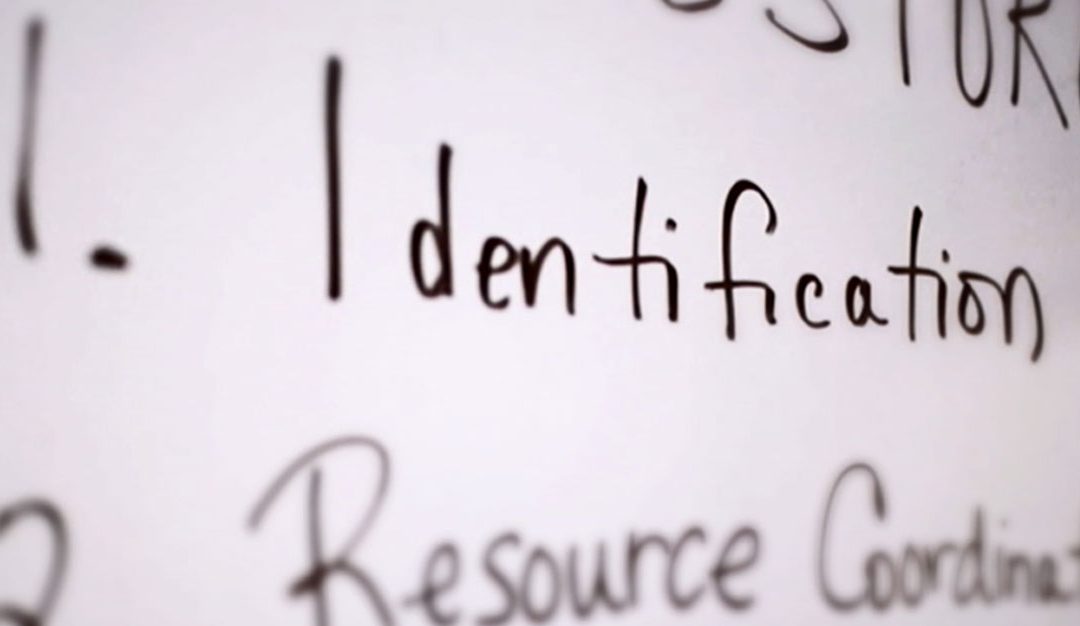With a background in counseling psychology, Dr. Amanda Eckhardt joined Restore in 2014 to lead our Housing program. Now serving as Chief of Programs, Amanda oversees all client programs and impact assessment. We interviewed Amanda about Restore’s approach to identifying survivors of trafficking and the barriers to identification.
Q: We know that identifying women who have been trafficked is so important. What are the barriers to identification?
A: “Many organizations say a barrier is ‘we can’t reach individuals who may be trafficked’; therefore, they go out into the streets to ‘find’ potential survivors. At Restore, we don’t have this problem. For the past 3 years, we’ve been over capacity – we have more women referred to us than our staff can serve. Our barriers come after a woman gets referred to Restore and we sit down with her and talk about her story.”
Q: So when you sit down and talk with a woman that comes to Restore, what barriers come up?
A: “I would say there are three main types of barriers to identification that intersect with one another: (1) systemic, (2) organizational, and (3) individual. An example of a systemic barrier is immigration policy. If a woman is afraid of being deported, she often won’t report her trafficking experience. At an organizational level, trainings on identification typically cover the narrative of a ‘domestic runaway’ who gets wooed by a pimp and is forced to sell her body. Trainers fail to teach about the unique cultural and trauma dynamics around recruitment and exploitation in industries other than street prostitution; for example, brothels, hotel services, escort, illicit massage businesses, and nightclubs. Therefore, when professionals are trying to identify survivors, they don’t know the right questions to ask to relate to each industry’s terminology.
At an individual level, Restore specializes in serving foreign national women; therefore, two primary barriers that come up for our team members are cultural and linguistic barriers. For East Asian women, unless we have staff of the same nationality who speak the same language fluently, women seldom self-identify as a trafficking survivor. Trauma is another barrier. A woman is often afraid to tell her story because her trafficker told her that if she does, no one will believe her or she will be arrested. There is deep shame that leads her to believe it is her choice to be in the commercial sex industry. These are only a couple of the key barriers to identification.”
Q: I imagine with these barriers intersecting, it’s really difficult to identify a survivor. What is your approach to identifying, given these barriers?
A: “Our staff is trained to use Restore’s Culture-Trauma-Industry or ‘CTI’ model for identification. This model addresses culture, trauma, and industry terms as we work with women to identify her as a trafficking survivor. As an example, when we work with a Chinese woman in an illicit massage business, a Chinese counselor builds rapport and then talks about her knowledge of work in ‘yellow parlors 黃店’ where women may provide ‘half pack 半套’ or ‘hit airplane 打飞机’ as services. The counselor will also talk about ‘house money 钟钱’ and ‘tips 小费’, as well as recruitment by a ‘pimp 拉皮条’ or ‘pulling skin stripe 拉皮条’ when translating directly.
Identification always honors the cultural values and beliefs of the women we work with. For instance, values unique to Chinese immigrant women may include maintaining group harmony, not losing face, having a family orientation, and demonstrating resiliency.
As we engage with women using our CTI model, trust builds and women begin to talk about their trafficking experience. At Restore, we are dedicated to finding more survivors through innovative identification techniques, and we are training law enforcement and partner organizations across the United States to do the same.”
“I like coming to Restore because they know what I’ve been through.”
—LINH*, SURVIVOR SERVED AT RESTORE
In 2016, we served 146 women who were identified as meeting TVPA criteria for trafficking, including 17 women that Restore identified directly.
*Editor’s Note: This post was originally published in January 2017 and has been updated for accuracy and comprehensiveness.




最近的评论